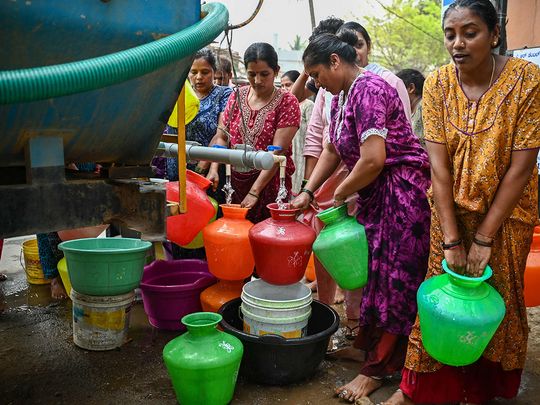
I was saddened by my recent visit to Bengaluru, the fastest growing, techno-modern metro in India. It is the city I grew up in and which I love so much, but it is often more exasperating than exhilarating. Home not only to many back-end offices of Fortune 500 majors and multinationals, it is also India’s software and business outsourcing capital.
In addition, it also serves as the headquarters of some of India’s best companies such as Infosys, Wipro, and Biocon. At close to 3000ft above sea level, it has the coolest weather year-round of any major Indian city. With its host of thriving high-quality educational institutions, Bengaluru is the magnet of talent and hope for millions of aspiring young Indians. It is, without doubt, the youth and consumer, in addition to the technological, capital of the country.
Unfortunately, decades of unplanned, almost out-of-control growth, with a notoriously corrupt administrative system also make Bengaluru an urban nightmare for millions who reside there. Its traffic woes are legendary. Coming into any one of its many business districts from the airport can easily take two hours.
During peak traffic, just going from point “A” to point “B” within a ten-kilometre radius can be harrowing and time-consuming. The smart new metro has, no doubt, alleviated the city’s traffic congestion. But only by a bit —or should I say byte?
Civic amenities are really poor, despite the Bruhat Bengaluru Mahanagara Palike (BBMP) or the Bengaluru Municipality being wealthier than several smaller states in the country and second only to the Brihanmumbai Mahanagarpalika or the Brihanmumbai Municipal Corporation (BMC).
Bengaluru, once a city of lakes and gardens, has lost most of both. Instead of hundreds of lakes there are barely a dozen bigger ones, choked and sulfurous in the encroaching concrete jungle.
Being on a plateau, water retention is also lower than the surrounding plains. The nearest river, Kavery, from which water is shipped and pumped at enormous expense, is 90 kilometres away.
With poor rainfall, too many borewells, most of them unauthorised, and no mandatory water-harvesting requirements in place, the city now faces a severe water shortage. So dire is the crisis that many of Bengaluru’s hundreds of thousands of techies are leaving for their hometowns to tide over the water woes. After Covid 19, it is the shortage of water that is driving people out of the city.
The building I stayed in luckily has two borewells, both of them not yet dry. But the colony itself as well as the neighbourhood were tanker-dependent. Some areas of the city have received not a drop of the municipal supply. They are at the mercy of the water mafia which controls the tanker supply.
Read more by Prof Makarand R. Paranjape
Sorry state of affairs
The rates per tanker have also skyrocketed from Rs600 to Rs2500 in some places. Not only are many of these tanker suppliers unauthorised or unregistered, but some might actually be siphoning off the municipal supply to sell water to helpless denizens of the thirsty city.
Worse, I also heard rumours that given the start of the country’s election season, a hefty “cut” or portion of money per tanker allegedly went straight into the coffers of some politicians. “How else are they to extract money, Sir?” my informant quizzed me with feigned innocence, “They need the money and will get it by hook or crook.”
Evidently, a combination of natural factors and human compulsions have contributed to the sorry state of affairs. However, with the right measures and collective action, it is possible to overcome this challenge and ensure the sustainability of water resources for the city’s burgeoning population.
Blueprint for other cities
But here is where we come to the central paradox of Bengaluru. It has India’s smartest people but still suffers from the worst urban infrastructure and planning of any major city in the country. If some of these smart people are allowed to find a solution, then Bengaluru may even serve as a blueprint for other cities too.
For only through adaptive management and innovative practices can acute water scarcity be assuaged in the face of changing climatic conditions and urban demands.
For this to happen, however, there must be zero political interference, zero corruption, and zero incompetence in searching for solutions as well as in the execution of remedial measures. Oh well! If not zero, then minimal or manageable political interference, corruption, and incompetence.
That is the minimum precondition for improving Bengaluru. Many may have, but I still haven’t given up. I hope to see the day when “Namma Bengalauru” (my Bengaluru) will be a shining city on top of a hill that it was always meant to be, a symbol of optimism and transformation, an inspiration to other mega conurbations around the world.
A city where not just Indian, but global futures are dreamed and designed.







